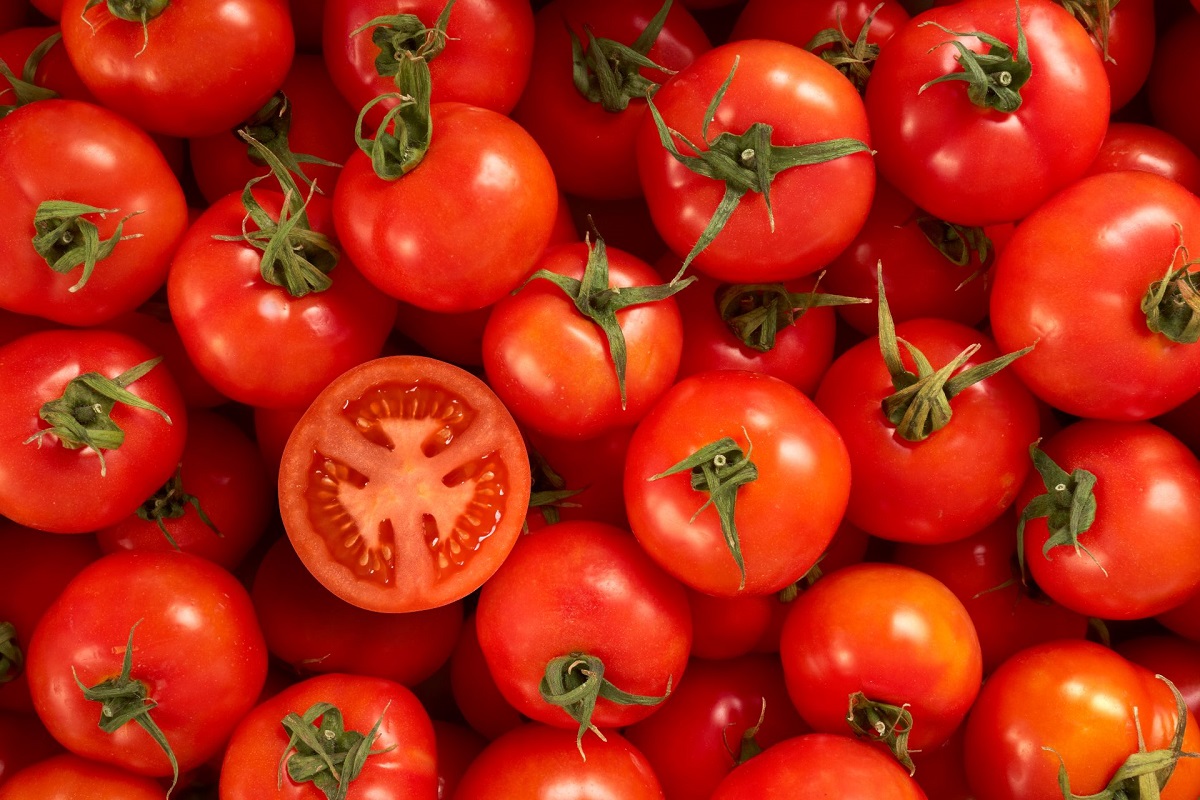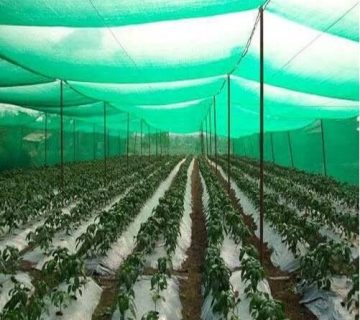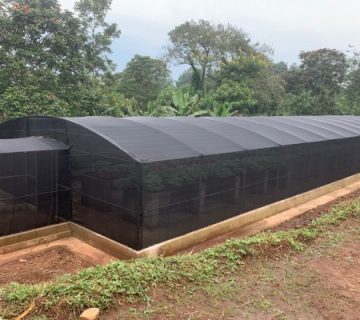In this article, we will take a look at all you should know about shade cloth for tomatoes. Tomatoes are often considered sun-loving plants; however, they can be damaged by sunscald if grown in extreme heat and sunlight with little protection from the leaves. The difference between gorgeous, ripe, and juicy fruit and tomatoes that never ripen and develop blisters or brown spots can be as simple as giving a shade cloth.
In extremely hot locations, gardeners frequently shade tomatoes. Plants can be kept productive through the summer heat by shading them from the sun. Tomato plants are kept in better shape, ready to thrive when temperatures go down again or in the fall.
Why use shade cloth for tomatoes?
Sun and temperature are essential for tomato growth. Extreme heat for more than a few days, especially when the fruits are still green but close to full size, can cause damage. According to the Utah State University Extension, this is why we use shade cloth for tomatoes. Shade cloth should protect tomato plants from the sun if there has been no relief from the heat. When fruits ripen to red, they can withstand heat and light better than before. The cloth can be taken off once the hot weather has passed or once the tomatoes have been picked.
According to research conducted at Utah State University, most fruits and vegetables, including tomatoes, benefit from a light reduction of 20 to 40 percent. To protect your tomatoes from the low, scorching afternoon sun, you can either hang the cloth directly above them or, if your plants are aligned north to south, you can install it vertically.
Tomatoes’ output can be increased by shading them. Research on shading tomatoes in a commercial setting revealed that the shaded plants had 40% more leaf area and a yield gain of nearly 50%.
Tomatoes need between 30 and 50 percent shade, according to studies
Agricultural extension offices worldwide have drawn similar conclusions from their studies regarding shade cloth for tomatoes. In particular, shade values between 30 and 50 percent are optimal. These results appear consistent throughout a wide range of US locations, where extremes of heat and cold fluctuate with the seasons, and the number of cloudless days varies. When it comes to shade cloth for tomatoes, white shade cloth is your best bet. To find out why let’s examine the reasons.
What material should I use to shade tomatoes?
Plants can be protected from the sun with a variety of materials. Some farmers cover up pillars with burlap or dusty blankets. Some people use lattice panels to spread light over their tomato plants. There is some light attenuation with these materials for plants.
However, shade cloth for tomatoes is more effective in blocking the sun’s rays and helping to keep plants cool. Shade cloth is a specialized fabric that blocks the sun’s rays from a greenhouse, patio, or garden. You can either knit or weave it. The light reduction achieved by a certain shade cloth is expressed as a percentage. In this case, the amount of light reaching the plants is cut in half due to the use of shade cloth. The material may block out around half the light, significantly lowering the temperature. A cloth that blocks the sun by 50% will reduce the temperature by about a quarter.
Woven shade cloth
Woven polyethylene is used to make shade cloth. It weighs around 30 percent more than knitted clothing, typically costs more, and typically lasts just 10 to 12 years. A clear grid of horizontal and vertical lines gives it a plastic aspect. Woven shade fabric comes in a wide range of colors and weights, with some blocking up to 90% of UV rays.
Knitted shade cloth
The woven polyethylene used to make shade cloth lasts seven to ten years. Despite its similarity to fabric in appearance and texture, its multi-threaded composition makes it impervious to unraveling when being slashed or torn.
Start growing tomatoes under shade cloth
Growing tomatoes under shade will result from more fruit
Tomatoes are among the most lucrative crops to cultivate in high tunnels and hoop houses. Growers should focus on increasing their yield and improving their fruit quality.
A higher number of ripe fruits will mature because of the decrease in high temperatures. Sunscald and Yellow Shoulder Syndrome will become less common due to the diminished intensity of the sun.
Growing tomatoes in a high tunnel under shade protection throughout the hottest months of the year are likely to enhance yields dramatically, whether that’s 30%, or 50% shade cloth.
Shade cloth for tomatoes is an investment with a fair “pay-back period,” meaning that the enhanced yields could eventually cover the expense of the shade cloth. Standard shade fabric has a lifespan of roughly 3-5 years.
If you’re a tomato farmer and haven’t tried shade cloth for tomatoes yet, it might be worth your time to learn more about how it might boost your crop’s yield and profit.




No comment